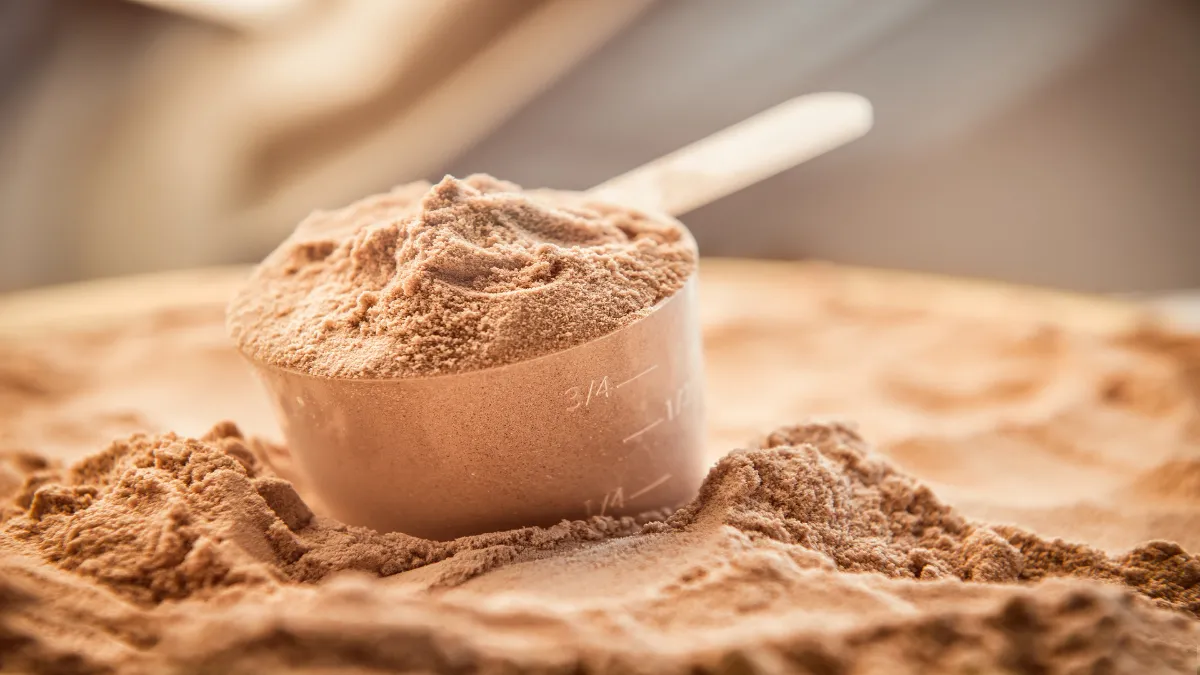
Advertisement
The fitness and wellness industry often touts protein powder as a convenient and effective way to boost protein intake. While a plethora of commercial options are available, the idea of creating your own protein powder at home may intrigue those seeking a more personalized and cost-effective approach. This article explores the possibility of crafting DIY protein powder, delving into the ingredients, methods, and considerations for those eager to take the homemade route.
Ingredients for DIY Protein Powder:
- Base Protein Sources:
- Legumes: Options like dried lentils, chickpeas, or black beans can serve as a protein-rich foundation.
- Seeds: Sunflower seeds, pumpkin seeds, or hemp seeds contribute both protein and healthy fats.
- Nuts: Almonds, walnuts, or peanuts add protein and a delightful flavor.
- Supplementary Ingredients:
- Grains: Quinoa, oats, or brown rice can enhance the protein content while providing essential nutrients.
- Dried Fruits: A touch of sweetness can come from dried fruits like dates, apricots, or raisins.
- Flavor Enhancers: Consider adding vanilla beans, cocoa powder, or cinnamon for flavor.
Methods for DIY Protein Powder:
- Preparation:
- Begin by choosing your base protein source. For legumes, ensure they are cooked and dehydrated before blending.
- Roast seeds and nuts lightly to enhance flavor and remove excess moisture.
- If using grains, ensure they are thoroughly cooked and dried before incorporating into the mix.
- Blending:
- Use a high-quality blender or food processor to achieve a fine powder texture.
- Combine your base protein source with supplementary ingredients and blend until the desired consistency is achieved.
- Sifting:
- For a smoother texture, sift the blended mixture to remove larger particles.
- Re-blend any coarse remnants for a uniform powder.
- Storage:
- Store your DIY protein powder in airtight containers in a cool, dry place to maintain freshness.
- Consider adding moisture-absorbing packets to prevent clumping.
Considerations and Tips:
- Protein Content:
- Aim for a balanced protein content in your DIY blend. Different ingredients offer varying protein concentrations.
- Flavor and Sweetness:
- Experiment with flavor profiles by incorporating natural sweeteners like stevia or adding dried fruits for a touch of sweetness.
- Texture and Consistency:
- Adjust the texture by varying the ratio of ingredients. More seeds or nuts can provide a thicker consistency.
- Allergies and Sensitivities:
- Be mindful of allergies and sensitivities when selecting ingredients. Common allergens include nuts and seeds.
- Customization:
- Tailor your DIY protein powder to suit personal preferences. Add superfoods, adaptogens, or additional vitamins for an extra nutritional boost.
Creating your own protein powder at home allows for unparalleled customization, ensuring that your dietary preferences and nutritional goals are met. While it may require some experimentation to find the perfect blend, the DIY approach empowers individuals to take control of their nutrition, flavor preferences, and ingredient choices. Whether you seek a plant-based blend or a mixture with a variety of protein sources, the journey of crafting your protein powerhouse can be both rewarding and delicious.
